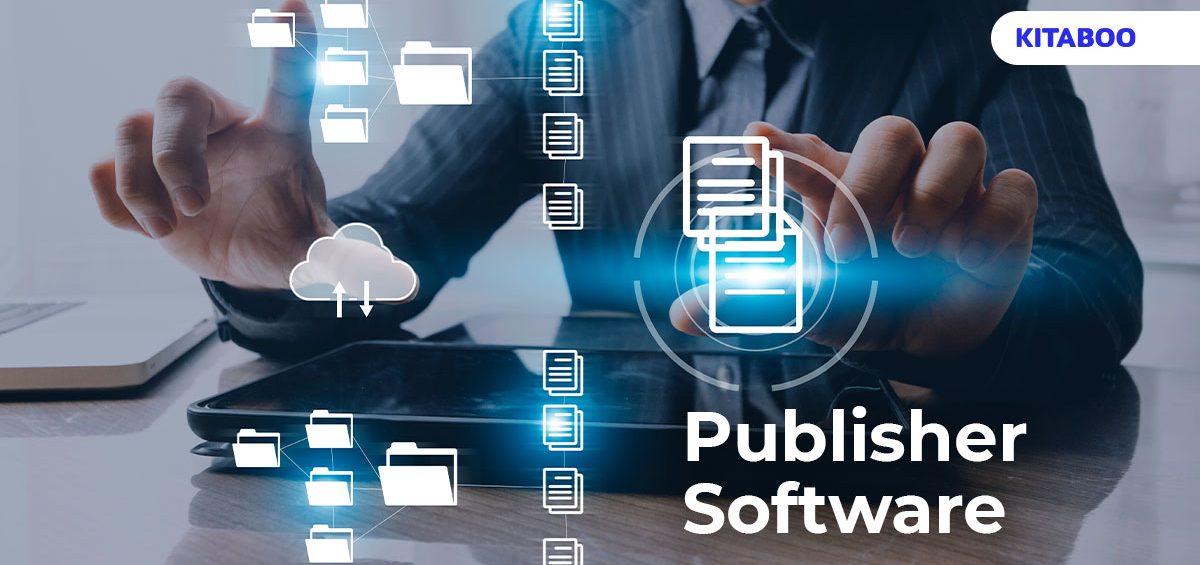If you’re in the publishing industry and want to crack the K12 content sector, you’ve come to the right place.
K12 publishing and educational publishing are very different from other forms such as trade publishing & self-publishing.
The publisher software that should be used for K12 content must have specific features to cater to the needs of school-going students. So what can you as a publisher do to deliver the best content for K12 education?
Here’s what we’ll cover in this article:
Table of Contents
What is K12 Content?
K12 content refers to the educational curriculum which has been designed for students from kindergarten to twelfth grade. This roughly includes students between the ages of 5 – 18 years, depending on the educational system followed in one’s geographic region.
As these are the prime learning years for any student, educators across the world are focused on enhancing K12 content and providing their students with quality learning material.
The Current State of K12 Content
After COVID-19, with the onset of online classes, the need for quality K12 content increased tremendously. Educators struggled with keeping the attention of their students, while teaching them through a screen.
A few years into this accelerated transformation and educators are constantly on the lookout for increasingly interactive content to keep their students engaged. At the same time, they are also looking for ways to ease the delivery of content. This is where publisher software comes into play.
If K12 content is published keeping in mind features such as inbuilt digital libraries, management systems, assessment and recording, eBook creation, etc., educators will benefit highly from it.
Navigating K12 Publishing
As a publisher wanting to tap into K12 content, you are not expected to change the curriculum. Instead, you are expected to rethink the ways of delivering the same curriculum, innovatively. The more innovative it is, the more students will like it and thrive in their journey of online education.
Some ideas you can experiment with to enhance the content delivered are:
- Animated videos
- Online games and quizzes
- Virtual laboratories
- Graphic illustrations
- 3D artwork
Apart from this, the publisher software tool one chooses, should have the features mentioned below.
Features of K12 Content Publisher Software
1. Conversion to Different Formats
Students and teachers use a variety of digital platforms and devices to access their eBooks. Hence, this makes it very important for the software to support conversions like PDF to EPUB, MOBI to EPUB, EPUB to PDF, etc.
This will ensure that a student’s learning is not hindered due to compatibility issues.
2. Speech-To-Print
This feature has been used previously in digital and desktop publishing, but it is relatively new to K12 content publishing.
Speech-to-print is premium technology that allows the conversion of audio signals to text. It gives students an opportunity to engage with learning material through two channels simultaneously i.e. – audio and visual. This ensures that knowledge loss or retention is kept to a bare minimum.
Another major advantage of speech-to-print is that it reduces the workload of the educators substantially.
Educators have a lot on their plates. They need to make presentations, write speeches, design syllabuses, create question papers, and so on. The speech-to-print feature can work as a virtual assistant allowing them to convert their speech and create eBooks quickly.
3. Reporting and Analytics
Reporting and analytics is an in-demand feature in eBook publishing as content creators want to have data regarding their content usage, in order to generate reports and modify the content accordingly.
However, reporting and analytics can prove to be beneficial for educators as well to help them recognize the accurate engagement levels of their learners with the curriculum. This helps them decide which modules to keep for future batches based on the acceptance and readability of learners.
Last but not least, this feature can aid the publisher in calculating the revenue earned and deciding future strategies.
4. Digital Content Library
With a digital library or an online bookshelf K12 educators can easily store, categorize and locate their learning materials. This also helps them distribute their content with ease amongst their learners.
The digital content library can also be mobile-friendly, allowing both students and teachers to access it on the go.
5. Graphic and Editing Tools
Curriculum designed for students, especially young learners, should not only be content-rich but also colorful and creative. Publishing software with graphic and editing tools allow eBook creators to add visual elements, making syllabus more student-friendly.
6. DRM Protection
DRM or Digital Rights Management overlooks the legal use of digital content. With the advancements in technology and digitality, digital content can be easily accessed by anybody from anywhere in the world. Hence, it becomes more important to put mechanisms in place to protect the content from illegal access and misuse.
A good publishing software must have DRM protection facilities. This enables published content to be facilitated via secure channels, ensuring no unwanted party gets their hands on it.
7. In-Built Authoring
Although not a must-have feature, in-built authoring can be extremely useful to publishers. With this feature a publisher or a content creator does not need any additional files to create their eBook. They can build their book from scratch, right from the publishing platform itself.
Conclusion
Updating the tools and technology used for K12 publishing can greatly enhance the learning experience.
KITABOO’s K12 content solutions allow publishers to offer their customers interactive eBooks that encourage the holistic development of K12 students. With KITABOO eBook publishing is simplified.
To know how we can help you with your digital publishing journey, write to us at KITABOO@hurix.com.
Discover How An Ebook Conversion, Publishing & Distribution Platform Can Help You
Kitaboo is a cloud-based content platform to create-publish & securely distribute interactive mobile-ready ebooks.
You May Also Like







